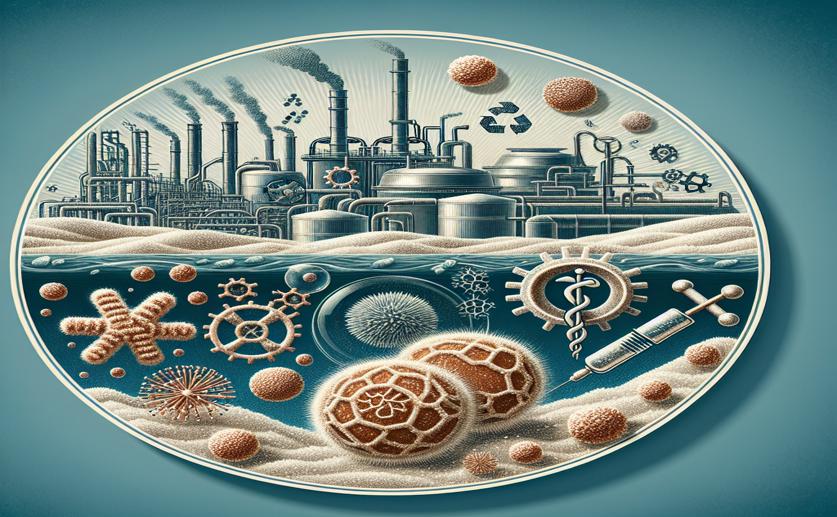
Exploring Microbe Uses from a Salty Lake for Industry and Medicine
Jenn Hoskins
24th January, 2024

Image Source: Natural Science News, 2024
References
Main Study
1) Industrial and Pharmaceutical Applications of Microbial Diversity of Hypersaline Ecology from Lonar Soda Crater.
Published 22nd January, 2024
https://doi.org/10.2174/0113892010265978231109085224



 15th January, 2024 | Greg Howard
15th January, 2024 | Greg Howard